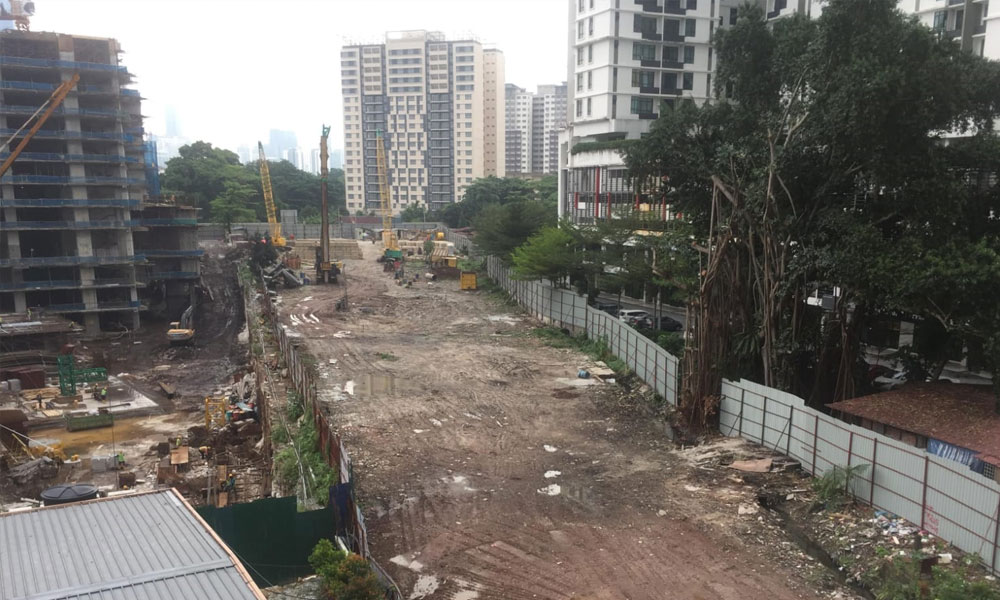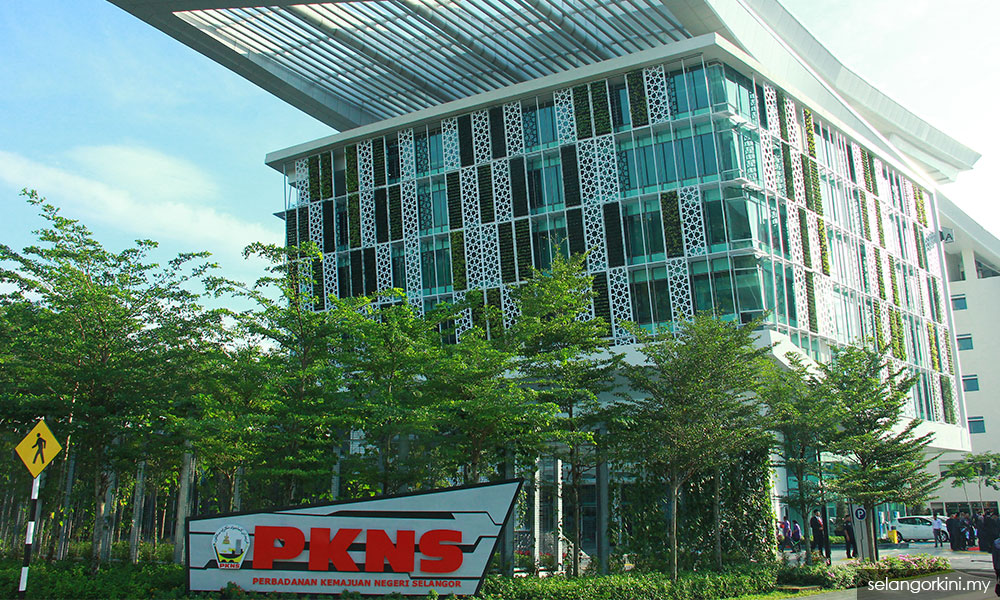On Friday, the Court of Appeal quashed a decision by the Kuala Lumpur City Hall (DBKL) allowing a developer to construct an apartment complex in Taman Maluri, Cheras.
The court also ordered Pavilion Integrity Sdn Bhd to halt the construction of the proposed new apartment complex, and for DBKL to acquire the plot of land concerned - known as Lot 810 - and use it to build a 20m road to ease residents’ traffic woes.
Lot 810 was indeed originally designated for road construction under the KL City Plan 2020.
Judge Lee Swee Seng, who chaired the appeals courts’ three-person bench that included judges M Gunalan and Nordin Hassan, when delivering the unanimous decision chastised DBKL for “flip-flopping” on its decisions relating to Lot 810, adding that it was “a misnomer to categorise them as mere proposals”.
He said the final decision made “was irrational and unreasonable as no proper explanation had been proffered to the affected (buyers and residents)”.
“DBKL’s decisions were made willy-nilly with no proper and credible reports to explain the deviation from what had been disclosed in the City Plan,” he added.
Not an isolated incident
This is not the first time planning authorities and local councils had blatantly abused the law and the processes in favour of big-moneyed developers at the expense of residents.

Crucial to this case is how land originally designated for road construction under the KL City Plan 2020 ended up in private hands.
Friday’s rebuke and the directive are not a pyrrhic victory – it will benefit thousands of homeowners who have been bullied and brow-beaten by local authorities who interpret the laws according to their whims and fancies, costing residents substantial amounts to protect their rights.
This means developers cannot simply plonk a high-rise condominium in the vicinity of existing residences and that local authorities cannot approve such applications blindly.
On some occasions, developers are allowed to take parts of public roads to make them exclusive for their use. Elsewhere, parts of the road are blockaded and, in some cases, the council takes it upon itself to change traffic plans to suit developers.
In general, approvals are given and development orders are issued without considering the neighbourhood and if the existing infrastructure can meet additional demands.
When planning applications are made, meetings are called to hear objections from residents, but they are hardly met. As far as the councils are concerned, this is a requirement of the law and sending out notices to a handful would suffice.
Empty plots of land earmarked for public amenities, like roads in the DBKL case, open spaces meant for recreation, and even playing fields become the target of unscrupulous developers.
Aiding and abetting these acts against the public are local councils and some of their officials who consider the grouses of nearby residents as “necessary evils” which have to be ignored in favour of the developers.
The PKNS land debacle
In 2012, a massive scam was uncovered when attempts were made to surreptitiously amend the PJ Draft Local Plan Two in favour of certain parties.
In what was then described as the largest land fraud in the country, a councillor of the Petaling Jaya City Council (MBPJ), Derek Fernandez, charged that irresponsible people within the council changed the plan to cause a substantial increase in the land value.
Using the controversial change in status of the PKNS field in Kelana Jaya in the plan as an example, he said as recreational land, it would fetch about RM20 per square foot (psf) but as commercial land, it can go as much as RM500 psf – a 25-fold increase.

The local plan, he said, was amended unlawfully twice, with some 220 unauthorised and illegal amendments involving 40 plots of land including the PKNS field.
Most of the amendments had been done in complete violation of the law and were hidden from the councillors who were “fed a steady diet of lies” at every meeting of the council’s One-Stop Centre, which scrutinises applications for development.
“You will find that many plots of land are stolen from public open spaces, recreational land and land meant to be surrendered to the local authority for public purposes.
“Even land surrendered for public purposes by developers but was not used for the purpose was stolen and later alienated to cronies, avoiding public hearings.
“Magically, titles later appear for these plots and that is how the public is robbed. That is why the planning records are different for those lands,” Fernandez was quoted as saying.
The good news was that the illegal changes were not acceptable and were rejected. The bad news was that no one was held accountable for the debacle and only one officer was transferred to another local authority.
Public apathy
One of the reasons why these problems arise is because of public apathy.
When local draft plans are published or displayed for the public to give their views, there is always the selfish belief that the politicians or someone else will do it for us.
Such an attitude has resulted in “Little Napoleons” and so much loss to the community – losses that the council could have used for better amenities for the people, and overall, closing both your eyes to the abuse and misuse of power.
Money can be a great mover, but it is time for the people to wake up. - Mkini
R NADESWARAN is a veteran journalist who writes on bread-and-butter issues. Comments: citizen.nades22@gmail.com.
The views expressed here are those of the author/contributor and do not necessarily represent the views of MMKtT.




No comments:
Post a Comment
Note: Only a member of this blog may post a comment.